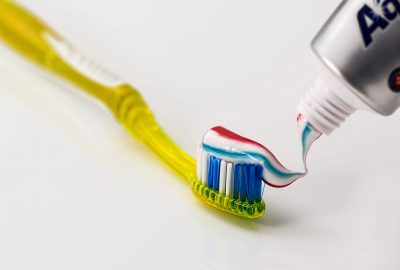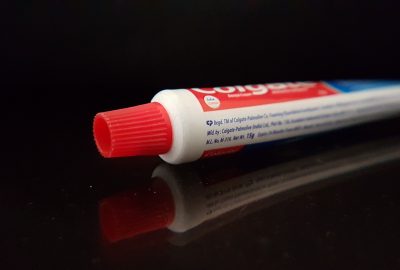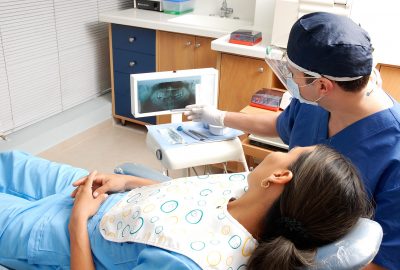Plaque is a soft, sticky film that accumulates behind and in-between your teeth.
Plaque is dangerous because it harbours bacteria that if left, can cause serious damage to your enamel. This bacteria can also promote and cause tooth decay and gum disease, especially if the plaque is not eliminated through brushing or dental intervention.
How does plaque form?
Plaque is formed when the sugars from foods and drinks are not cleaned from your mouth. The remnants of the food and drink turn acidic and begin eating away at your enamel. The more this happens, the more your enamel will wear away. Eventually, this will result in a cavity (a hole in the tooth).
What happens if you leave plaque?
Plaque that is not removed via daily brushing and flossing will eventually harden into tartar. As tartar continues to build along the gum line, brushing and flossing will become more difficult. Continued neglect will see plaque and tartar build-up increase, which may lead your gums to become red, swollen and painful. Bleeding will also follow and this is the first sign of gingivitis, an early stage of gum disease.
What is tartar?
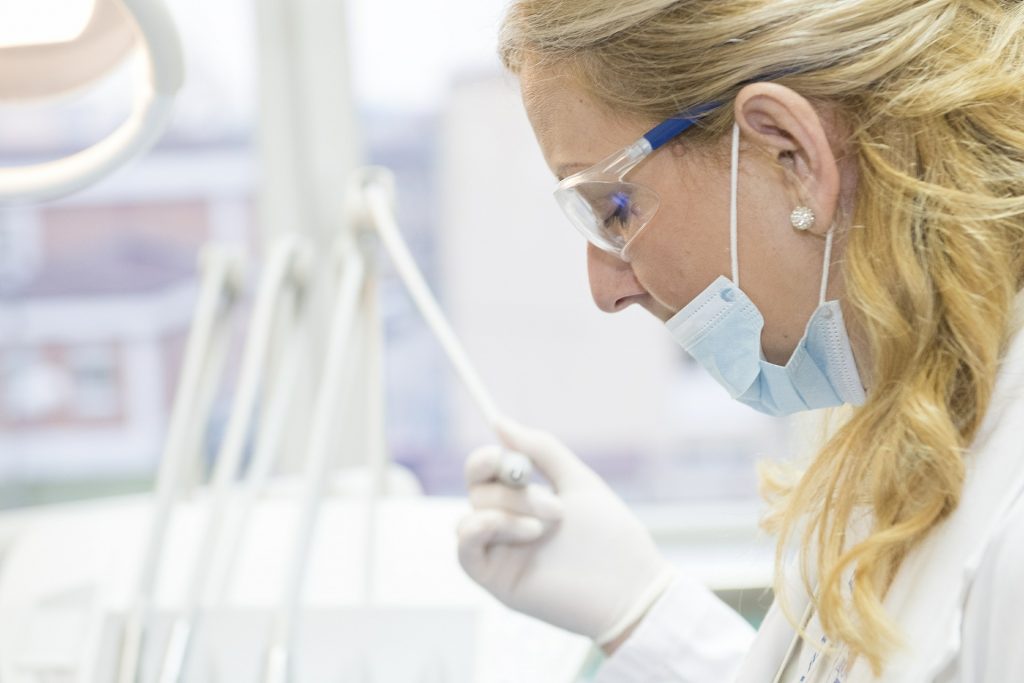 Despite taking good care of your oral hygiene, bacteria will still find a way of entering your mouth. Bacteria mixes with proteins and food byproducts and that creates plaque. When plaque is left, it forms tartar, essentially hardened plaque. Tartar starts on your teeth but will eventually spread to your gums. If left, it can lead to receding gums and can only be removed by a dentist.
Despite taking good care of your oral hygiene, bacteria will still find a way of entering your mouth. Bacteria mixes with proteins and food byproducts and that creates plaque. When plaque is left, it forms tartar, essentially hardened plaque. Tartar starts on your teeth but will eventually spread to your gums. If left, it can lead to receding gums and can only be removed by a dentist.
What happens when you have gingivitis?
The good news is gingivitis is treatable. By simply following good oral hygiene practices (and professional treatment), you should make a full recovery.
If gingivitis is left untreated, it will become more painful and eventually lead to periodontitis. This is a serious oral disease that breaks down the structure of your gums and bones supporting your teeth. This, again, is caused by bacteria attacking your enamel and gums. Your gums will begin to recede and in extreme cases, this can lead to tooth loss.
How do you clean plaque?
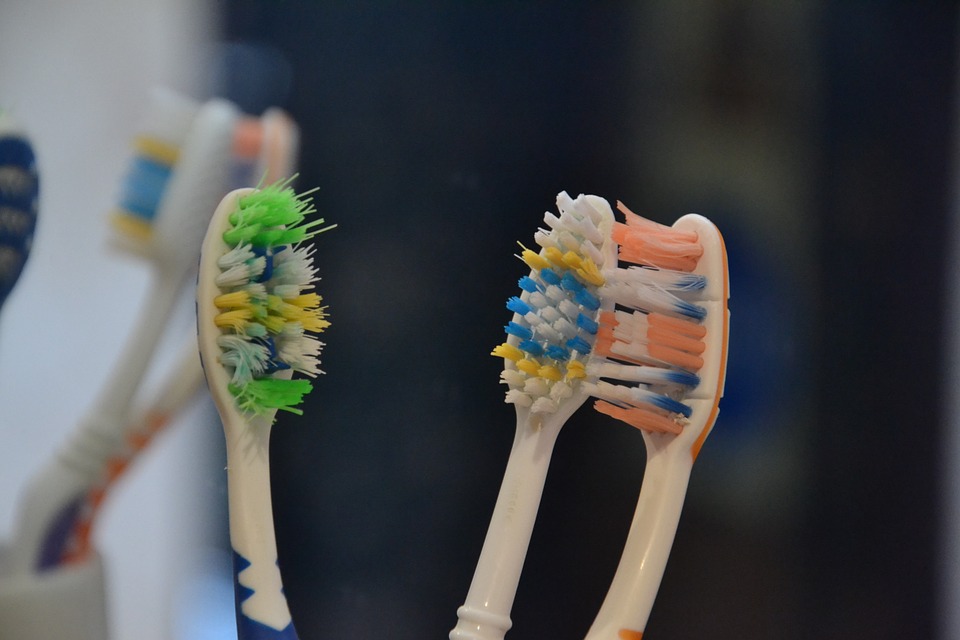
Plaque is difficult to spot because its clear in colour and usually resides at the back or in between your teeth. If you suffer from serious amounts of plaque, it should be easier to identify and you should also be able to feel it with your tongue.
How do you identify plaque?
As it’s colourless, it can be hard to identify. However, there are disclosing tablets you can buy that stain the plaque, making it easier to identify. Alternatively, you can visit your dentist for a checkup. Here, they will identify and rectify and plaque and tartar-related problems. A scale and polish should remove all plaque from your mouth and you will also be given advice on how to stay on top of plaque build up.
The importance of flossing
Flossing is often neglected when it comes to keeping on top of your oral hygiene. A common belief is that flossing helps rid food from in between teeth and gums, and while it can help with this, floss was not designed for this. Flossing actually helps remove the film of bacteria from in between teeth – which forms plaque. If the plaque is left, it will eventually turn to tartar. This is why flossing plays such an important role in oral hygiene. Most toothbrushes are not able to effectively remove bacteria and plaque from hard-to-reach areas, but flossing can help with this.
How to floss correctly
Below are some key tips to remember when flossing:
- Open the floss container and cut the length of dental floss you require (cut so that you’re able to tie it around your two index fingers to help with stability).
- Slot the floss in between your teeth, be careful not to force it.
- Form the floss into a ‘C’ shape, allowing you to move the floss seamlessly between the surfaces of your teeth. Use a new cut of floss for each tooth to ensure you’re not passing the bacteria you’ve jsut removed around your mouth.
- If you notice your gums bleeding excessively and you’re in discomfort, consult your dentist to ensure there is not a serious problem.
- Discard the floss after use.
There is no ‘right order’ with regards to when to brush, floss or use mouthwash. Some dentists believe that flossing first might be more beneficial, as once the bacteria and plaque have been removed, you can rinse and then brush your teeth. However, as long as you brush and floss twice a day, your oral hygiene should remain healthy.
Key points to fight off plaque
- Brush and floss your teeth twice a day using fluoride toothpaste and an electric toothbrush. Floss is commonly neglected but remains one of the best ways to clean teeth. This simple routine will protect your teeth from plaque build up and decay.
- Eating and maintaining a healthy diet will also reduce plaque build up. Food and drink high in sugar will erode your tooth enamel faster, so stay away from these foods and stick to greens. Also, it’s advised you brush your teeth after every meal to ensure no leftover food remains in your mouth throughout the day.
- Mouth rinsers should not be used in place of brushing and flossing your teeth.
- Visiting your dentist once every six months is advised. Regular check-ups are advised in order to keep on top of your oral health and hygiene.
Visit your dentist
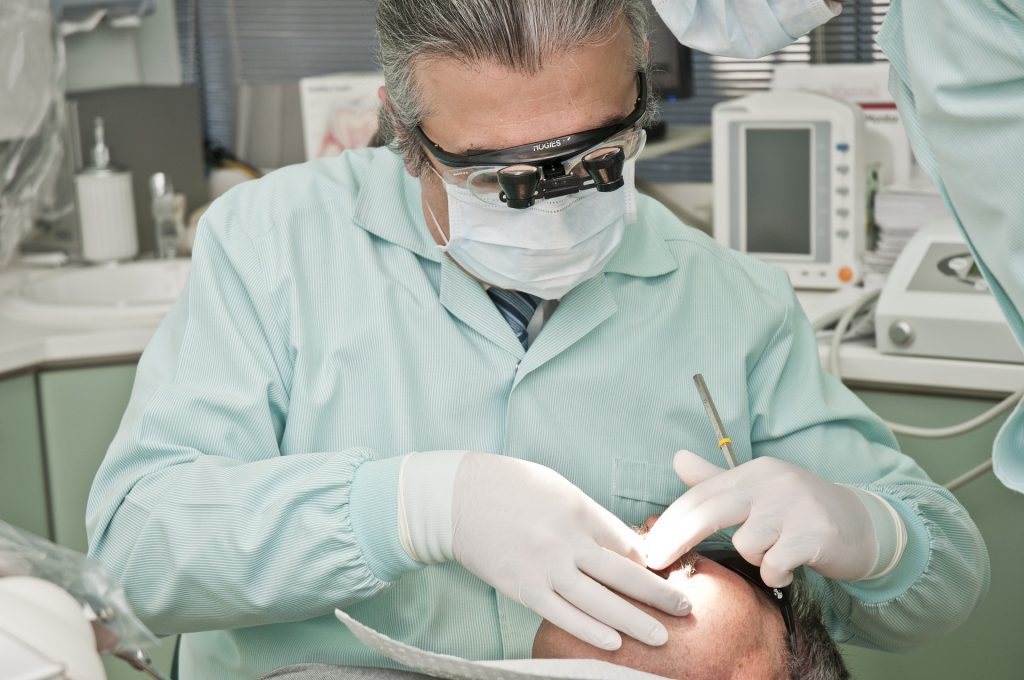
If you believe you are suffering from plaque and tartar build-up, you should book in an appointment with your dentist.
Leaving your teeth and gums exposed to such bacteria can cause serious long-term damage to your oral health. Also, rectifying these issues can be costly, far more than a booking a checkup and/or scale and polish.

 Hove
Hove 01273 203514
01273 203514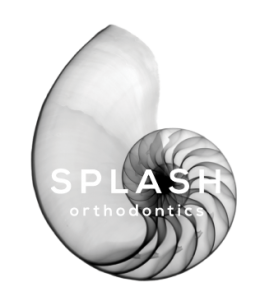

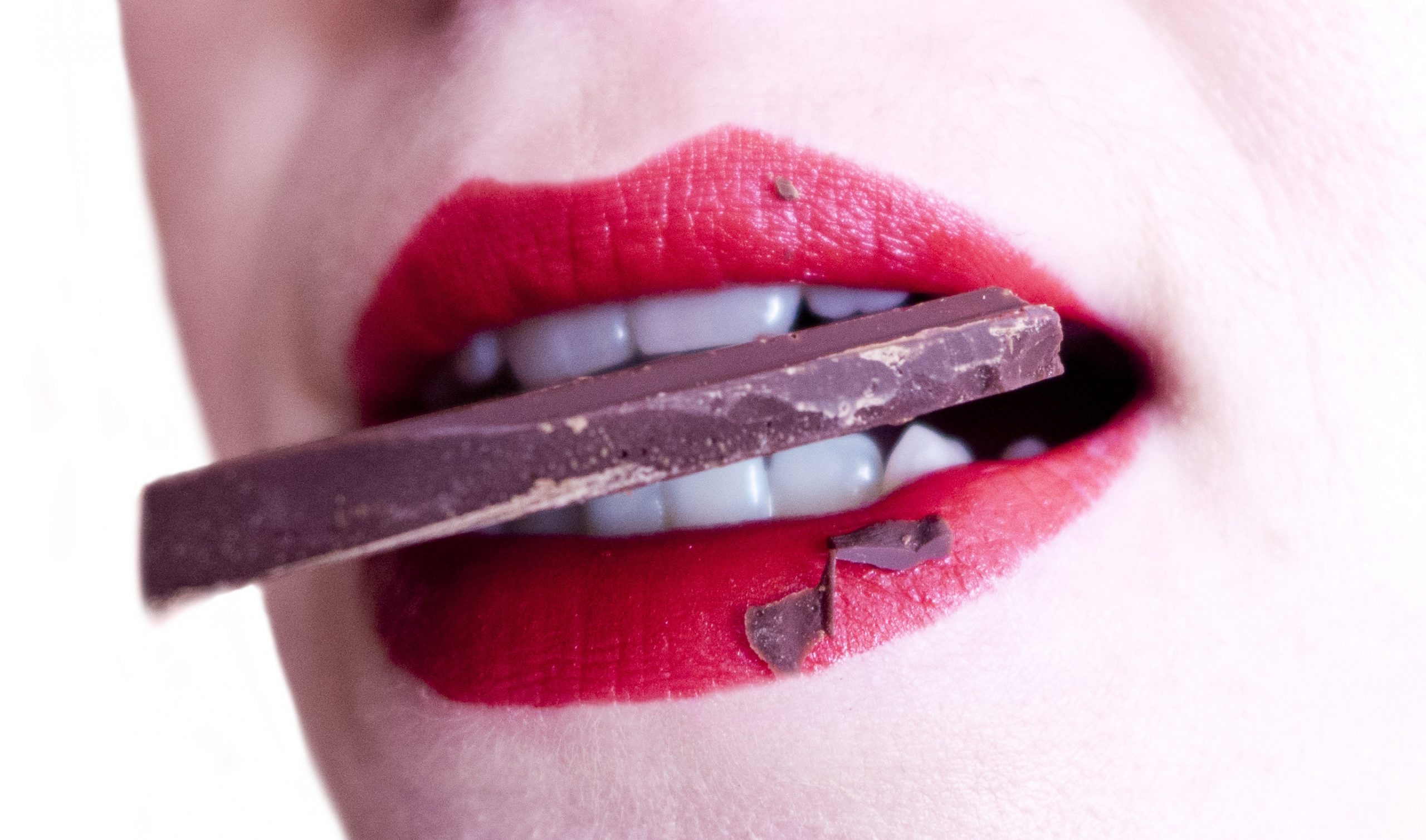

 Read more
Read more